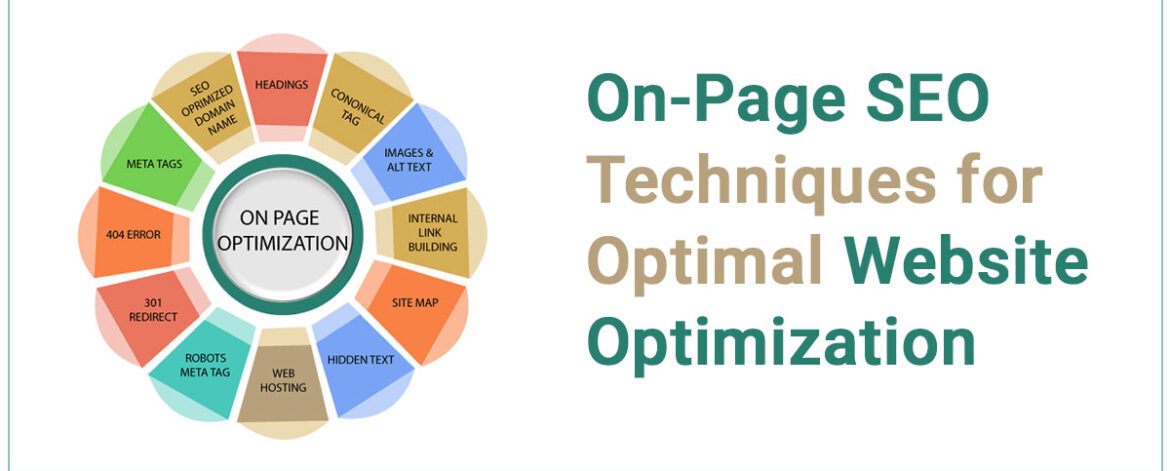In the ever-evolving landscape of digital marketing, On-Page SEO stands as a cornerstone for enhancing a website’s visibility and search engine rankings. These techniques, when meticulously applied, can significantly impact a site’s performance and organic traffic. Here, we delve into the essential on-page SEO techniques that can propel your website to the forefront of search engine results.
Understanding On-Page SEO
On-Page SEO refers to the optimization strategies implemented within a website to improve its visibility and relevance for search engines. It involves optimizing individual web pages to rank higher and earn more relevant traffic. Let’s explore some key techniques that can revolutionize your on-page SEO strategy:
1. Keyword Research and Optimization
The foundation of effective on-page SEO lies in comprehensive keyword research. Tools like Google Keyword Planner, SEMrush, or Ahrefs can help identify relevant keywords and phrases with high search volume and low competition. Once identified, strategically place these keywords in:
- Title tags
- Meta descriptions
- Heading tags (H1, H2, H3)
- Content body
- URL structures
However, it’s crucial to maintain a natural flow of keywords without overloading content, ensuring it remains valuable and reader-friendly.
2. High-Quality and Valuable Content
Creating engaging, informative, and valuable content is paramount. Aim for long-form content (over 1500 words) as it tends to rank better in search results. Ensure your content:
- Addresses user queries or solves problems
- Provides unique and valuable insights
- Includes multimedia elements (images, videos) for enhanced engagement
3. Optimized Meta Tags and Descriptions
Craft compelling meta titles and descriptions using relevant keywords. These tags play a vital role in encouraging clicks in the SERPs. They should accurately summarize and represent the content of your page, enticing users to click through.
4. User-Friendly URLs and Internal Linking
Optimize URLs to be descriptive and include relevant keywords. Additionally, incorporate internal linking to connect related pages within your website. This enhances user experience and helps search engines navigate and understand your site structure.
5. Image Optimization
Optimize images by using descriptive filenames and alt tags that contain keywords. Optimized images improve site accessibility and help search engines comprehend your content better.
6. Mobile Responsiveness and Page Speed
In today’s mobile-centric world, ensuring your website is mobile-responsive is non-negotiable. Google prioritizes mobile-friendly sites in its rankings. Furthermore, optimize your site for speed by minimizing unnecessary scripts, optimizing images, and using reliable hosting.
Conclusion
On-page SEO techniques are instrumental in boosting a website’s visibility, organic traffic, and overall success in search engine rankings. By implementing these strategies diligently, businesses can stay ahead in the competitive digital landscape.
Constantly refining and adapting these on-page SEO techniques according to the latest trends and algorithm changes is key to maintaining a strong online presence. Start optimizing your web pages today and witness the transformation in your site’s search engine performance!







